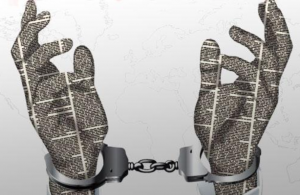 It has been said that the health of a democracy can be gauged by the integrity of its voting system. By this measurement, the United States may have terminal cancer. But there’s another, equally meaningful measure of a democracy’s health: freedom of press. Scratch that: integrity of press. In this regard, the biopsy results of our increasingly fraught country are merely inconclusive. It is true that the press helped elect President Trump, if “elect” is the right word. But it also is true that, as of this writing, the press, along with the U.S. courts, are all that stands between the American people and a complete dictatorship.
It has been said that the health of a democracy can be gauged by the integrity of its voting system. By this measurement, the United States may have terminal cancer. But there’s another, equally meaningful measure of a democracy’s health: freedom of press. Scratch that: integrity of press. In this regard, the biopsy results of our increasingly fraught country are merely inconclusive. It is true that the press helped elect President Trump, if “elect” is the right word. But it also is true that, as of this writing, the press, along with the U.S. courts, are all that stands between the American people and a complete dictatorship.
These are fighting words, of course, but we are in a cultural moment in which even acknowledging our fraught political landscape is bound to cause conflict. Not since the O.J. Simpson trial has there been such a pronounced division in the allegedly United States of America. It seems no coincidence that, as the subject of both an Emmy-winning American Crime TV series and an Oscar-winning documentary, the former football star has recently been reintroduced to the cultural zeitgeist.
The marriage of journalism and capitalism has been queasy since before the term “linkbait” was a twinkle in your great grandmother’s eye, but it’s always been preferable to the alternative. Our founding fathers established freedom of the press as a constitutional right so that the media could function as a check and balance rather than a propaganda machine for dictators. That said, the line between a financial mandate and unchecked greed got hopelessly blurred around the time of the 1995 O.J. Simpson trial, as did the line between tabloid fodder and hard news. In his book The Run of His Life: The People v. O.J. Simpson, Jeffrey Toobin says that, having “reviewed the enormous coverage of the case,” he’d determined that the “participants in the Simpson case worked obsessively to influence press coverage” and that these “efforts to shape the news … had important and lasting consequences.” (As the New Yorker’s reporter for the trial, Toobin is careful to point a finger back at himself.)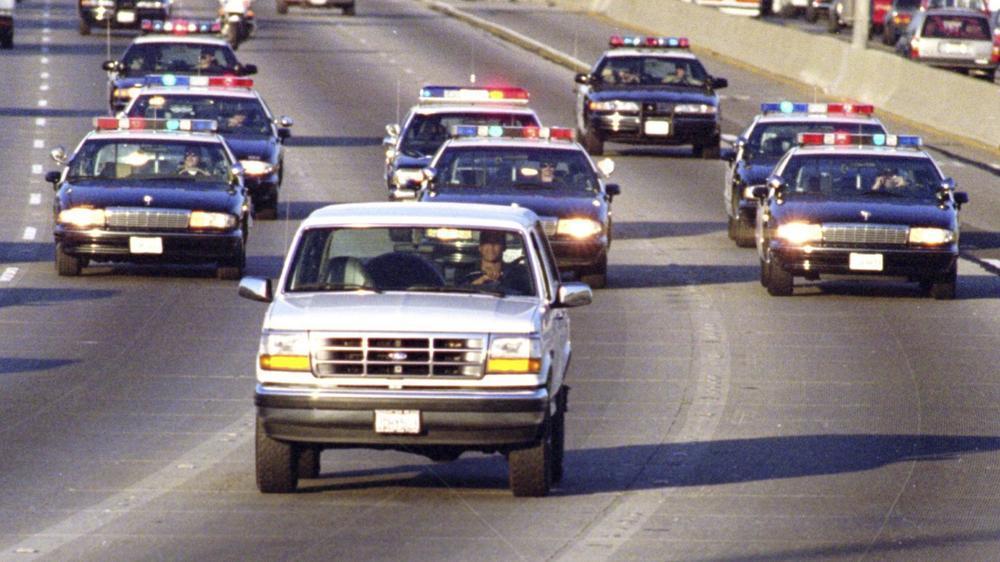
As one of the millions of Americans who watched O.J.’s white Bronco capsize television in a live telecast (the real-time coverage of his flee from police authorities interrupted the televised NBA finals), I can attest firsthand that the news changed forever on that June 1994 day. For months, coverage of his trial was nonstop on nearly every network, and no detail – from the dubious career prospects of Simpson’s sidekick Kato to the various haircuts of prosecutor Marcia Clark – proved too insignificant for in-depth analysis. By the time a verdict was announced, the damage seemed permanent. The fame of the Kardashians, arguably Ground Zero in “fake news” reality TV culture, had been directly launched from the trial, as then-unknown Robert Kardashian served as a pivotal Simpson ally. Before long, gossip, identity politics, and Andy Warhol’s fifteen-minute people had become normalized on all media outlets, and such rags as Us Weekly, Perez Hilton, and TMZ began scoring better numbers than some mainstream media online presences. (In the interest of transparency, I also should point a finger at myself; I worked at Us Weekly from 2005-2010.) Not even the 2008 worldwide economic meltdown kept the press from kvelling over Brangelina and the Real Wives of Blah Blah Blah.
You couldn’t directly trace plummeting journalistic standards to the O.J. trial but you also couldn’t ignore its unfortunate precedent of twenty-four-hour news cycles, lowest common denominators, and bottom-feeding headlines. Traditional media outlets blamed their declining numbers on the death of print, but the truth was they were trying to win at a game they never should have played.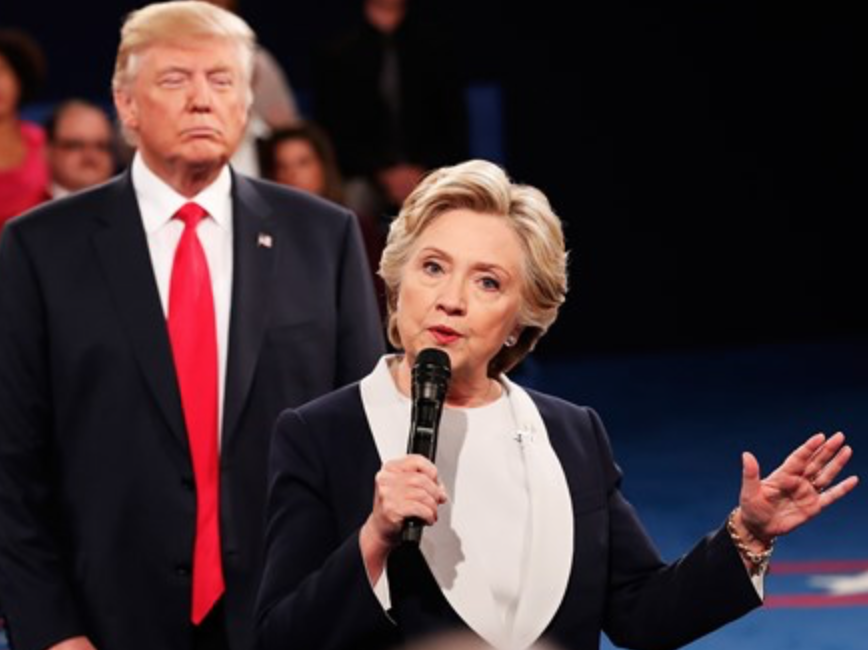
By the time the housing bubble burst, already-struggling news publications and programs began to circle the drain, and the American public got fat on the kind of media diet Noam Chomsky indicted in his ever-prescient Manufacturing Consent. Reality TV and social media gained more momentum and U.S. citizens became accustomed to the conflation of fact and fiction. Many also began to feel newly empowered to air opinions unhindered by facts or a moral compass.
Even papers of record – even the Paper of Record – reported many news items as if there were two sides to every story rather than unalienable facts that could be checked. To wit:
Donald Trump: The world is flat
Hillary Clinton: The world is round.
The media: The candidates disagreed on the shape of planet Earth.
Thus Trump’s campaign gained momentum. At first it seemed implausible that a trustafarian who’d enhanced his fortune by sloughing failures on others, one best known to many as a reality TV star with a catch phrase, could become president. The media reported on his campaign with the same rubber-necking bemusement that had been directed at such oddities as Octomom. Sure, editorial boards dusted the cobwebs off their moral barometers once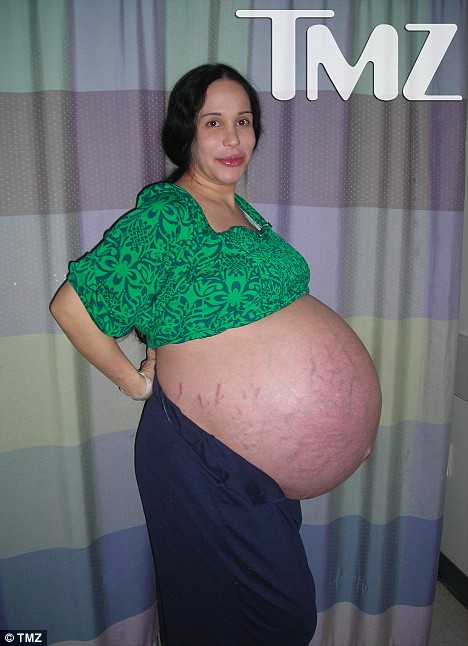 The Donald scored the GOP nomination but by then it was arguably too late. By not fact-checking his claims, by not contextualizing the horror of his actions – by essentially treating him as a reality TV star rather than a man who might actually become the leader of the Free World – journalists and commentators helped secure his ascent. The truth of the truth: Few working in the media realized his lies and scapegoating tactics were actually landing with the American public until the reality TV oligarch had been voted into office (by the electoral college, anyway).
The Donald scored the GOP nomination but by then it was arguably too late. By not fact-checking his claims, by not contextualizing the horror of his actions – by essentially treating him as a reality TV star rather than a man who might actually become the leader of the Free World – journalists and commentators helped secure his ascent. The truth of the truth: Few working in the media realized his lies and scapegoating tactics were actually landing with the American public until the reality TV oligarch had been voted into office (by the electoral college, anyway).
The lowest point may have been when Jimmy Fallon rumpled Trump’s hair, normalizing him to a younger generation in a way that Fox and Breitbart never could. Some may argue that talk shows are hardly “news,” but in an era in which it’s often only comedic late night hosts who address salient current events, that argument is specious. “You’re fired,” indeed.
But what has happened since Trump has taken office gives many hope. Though the former “Apprentice” host played the media like a violin during his campaign, since he became president it has started calling him to the carpet. Never one to tolerate dissent in any form, he has begun to bypass the free press entirely – banning key outlets from press conferences, blasting the public via the same social media platform on which he once badmouthed Kristen Stewart for cheating on Robert Pattinson. Very reality TV.
But no matter how many times he claims the New York Times is a failing paper, no matter how often the term “fake news” is brandished on both sides, the truth is that mainstream media subscriptions are on the rise because these outlets are finally doing their job again. Since January 21, the Times has even gone so far as to state on its front page that our president has lied, and politics and protest news have supplanted puppy pictures and entertainment gossip in many social media feeds. As I type this, many Americans are watching and tweeting as FBI director James Comey refutes the president’s wiretapping claims to Congress.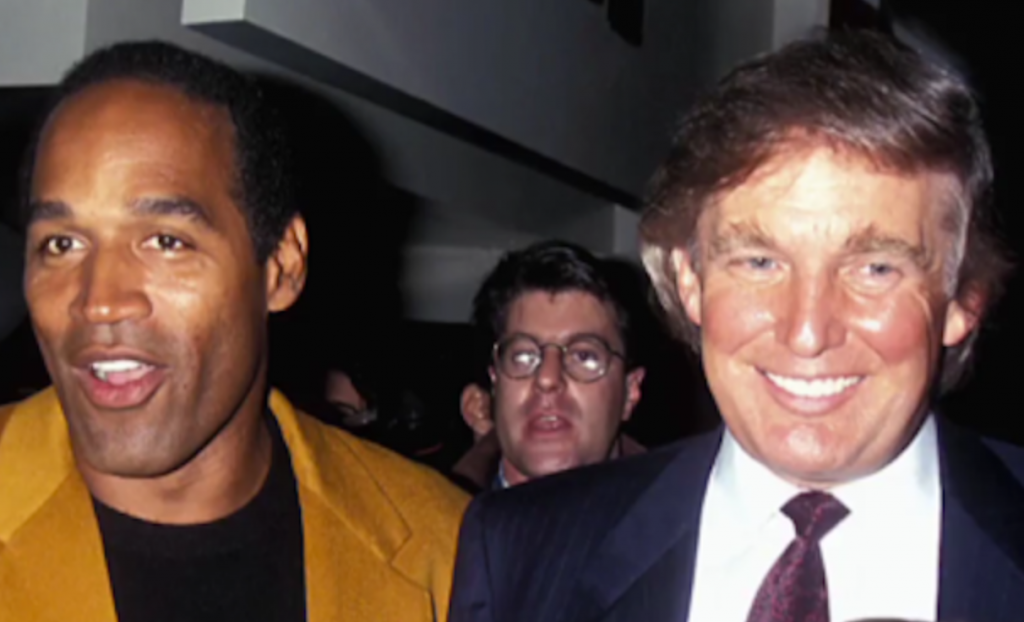
That’s a blissfully far cry from a white Bronco chase.
If empty-calorie journalism helped elected Trump, he in turn is granting the free press a second wind. It is a fact that this White House generates more doubletalk, distractions, and flat-out lies than even George Orwell could have predicted. But it also is a fact that Trump’s presidency has roused the media from its zombie status for the first time since O.J. tried on a certain blood-stained glove. If we’re lucky, the American public will be roused as well.
This was originally published at Signature.
